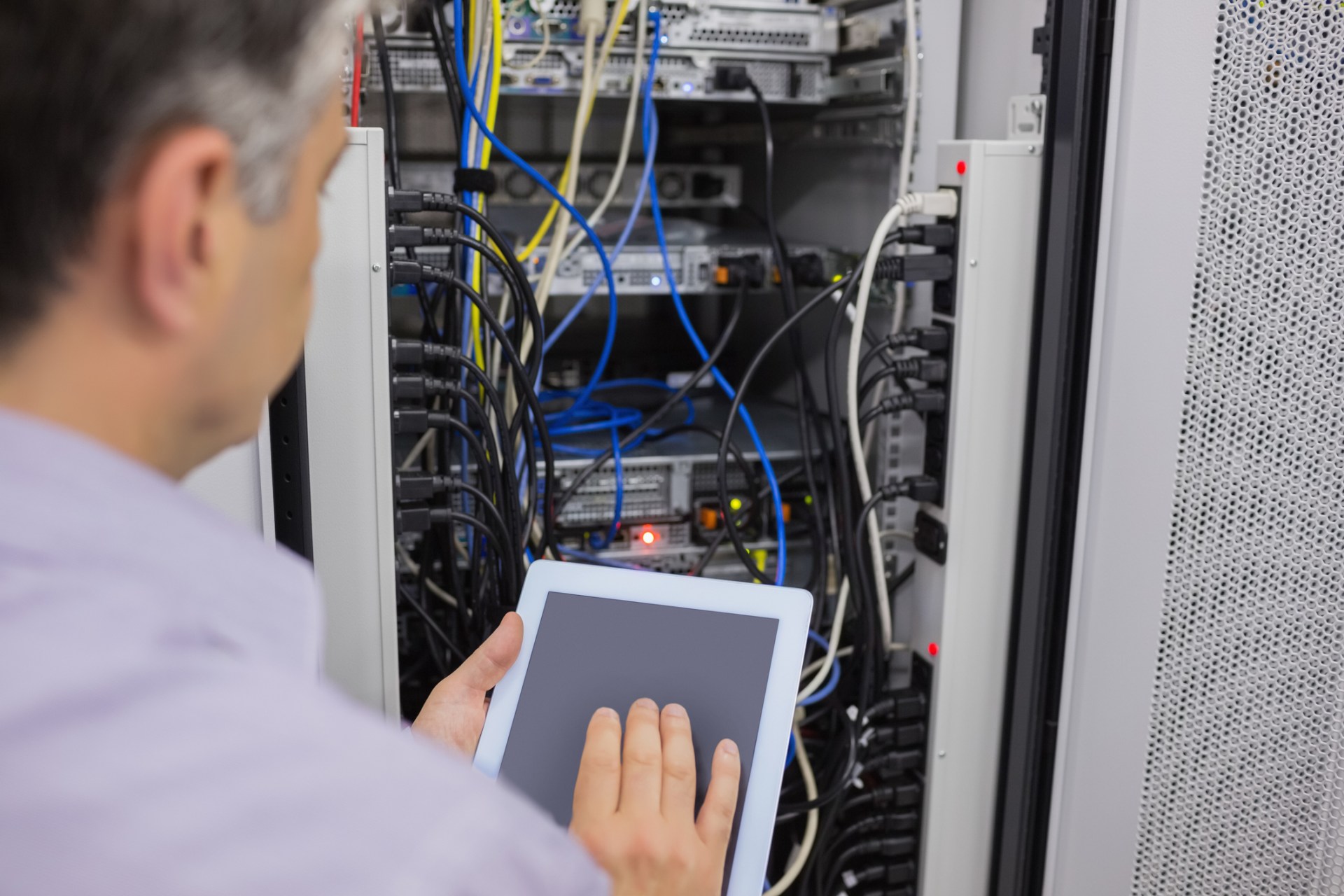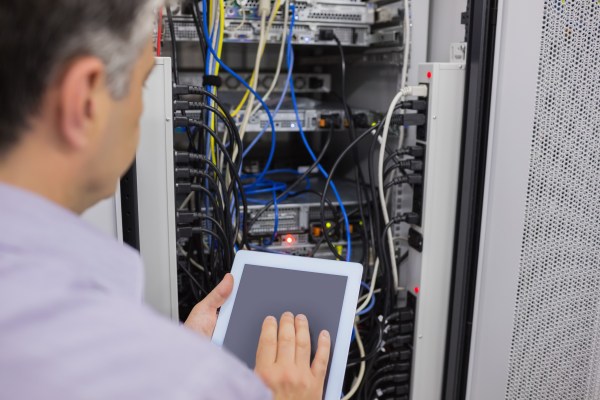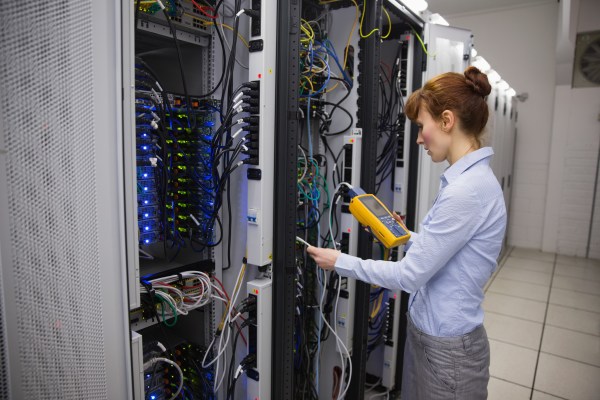Colocation is a service that allows businesses to rent or lease access to data center infrastructure where they can host their own equipment. Traditional colocation is based on the traditional data center model. Edge colocation, by contrast, is designed to support edge computing. Here is a quick guide to the differences between them.
Architectural variances
Here is an overview of the architectural variances between traditional colocation and edge colocation.
The basics of traditional colocation architecture
Traditional colocation architecture is essentially the same as the architecture of traditional in-house data centers. It is a highly centralized data center model in which substantial computing resources are consolidated in a single facility.
The sheer quantity of infrastructure housed in a traditional colocation facility means that these facilities have to operate on a very large scale. They are therefore generally located in designated industrial zones.
The areas of choice tend to be on the outer limits of urban areas and/or tech hubs. This allows colocation data centers to leverage urban infrastructure (especially network infrastructure). It also means that they are relatively close to at least some of the users they are intended to serve.
The basics of edge colocation architecture
Everything that has just been said about traditional colocation architecture can be reversed for edge colocation architecture. Edge colocation architecture is specifically designed for decentralized computing.
It comprises lightweight, small-scale, and highly agile infrastructure that can be deployed wherever it is needed. Edge colocation tends to be associated with cities but can also be used in rural areas, generally over mobile data connections.
Traditional colocation and edge colocation architecture compared
Here is a quick overview of the key differences between traditional colocation.
Hardware differences: traditional colocation typically uses powerful hardware. Edge colocation typically uses lower-specced hardware.
Power and cooling requirements: Traditional colocation requires massive amounts of power and cooling. Edge colocation is much less power- and cooling-intensive. It is therefore much less vulnerable to power outages and much less constrained by the need for cooling infrastructure.
Network architecture differences: Traditional colocation is typically based on ultra-fast, high-bandwidth fixed connections (typically fiber-optic connections). Edge colocation is more likely to use wireless or even mobile connections.
Scalability: Traditional colocation is scalable but not hugely agile. Edge colocation is both highly scalable and highly agile.
Management considerations: Traditional colocation requires managing a small amount of infrastructure in one place. Edge colocation requires managing a lot more infrastructure potentially spread out a lot more widely.
Use case suitability
Edge colocation has very different use cases from traditional colocation. Here are three scenarios where it is likely to be the preferred option.
Latency-sensitive applications
Applications that demand real-time responsiveness benefit significantly from edge colocation. By deploying data centers closer to end-users or devices, edge colocation reduces the physical distance data must travel. This results in lower latency and, hence, an enhanced user experience. This proximity is especially critical for industries where split-second decisions or interactions are crucial.
Internet of Things (IoT) deployments
With edge data centers strategically positioned near IoT devices, data processing occurs closer to the source. This minimizes network congestion and reduces latency. It therefore significantly enhances the efficiency of IoT applications. In particular, it ensures timely decision-making and responsiveness.
Edge colocation’s distributed architecture aligns seamlessly with the decentralized nature of IoT ecosystems, making it a suitable infrastructure for the evolving landscape of interconnected devices.
Content Delivery Networks (CDNs)
By dispersing servers across various locations, CDNs ensure that content is served from the nearest edge server to the end-user. This minimizes latency, and accelerates content loading times. It therefore enhances overall performance and the user’s experience of the service. Edge colocation’s decentralized model aligns with the core objectives of CDNs, providing a reliable and efficient infrastructure for the seamless distribution of digital content globally.
Edge colocation is also likely to be the option of choice for certain industries. Here are three examples of how it can add value.
Telecommunications
The deployment of edge data centers enables telecom companies to position infrastructure closer to their customer base. This proximity reduces latency, ensuring swift data delivery for services like VoIP, video conferencing, and online collaboration tools.
Healthcare
With the increasing adoption of telemedicine, wearable devices, and healthcare IoT, the demand for real-time data processing and analysis is on the rise.
Edge data centers placed near healthcare facilities ensure low-latency access to critical patient data, support remote diagnostics and enable timely decision-making. This not only enhances the efficiency of healthcare services but also contributes to improved patient outcomes.
Retail
By deploying edge data centers, retailers can leverage in-store applications such as real-time inventory tracking, point-of-sale systems, and interactive displays. This localized approach to data processing supports retailers in adapting to dynamic market demands. It therefore helps them to stay competitive in the rapidly evolving landscape of modern commerce.







